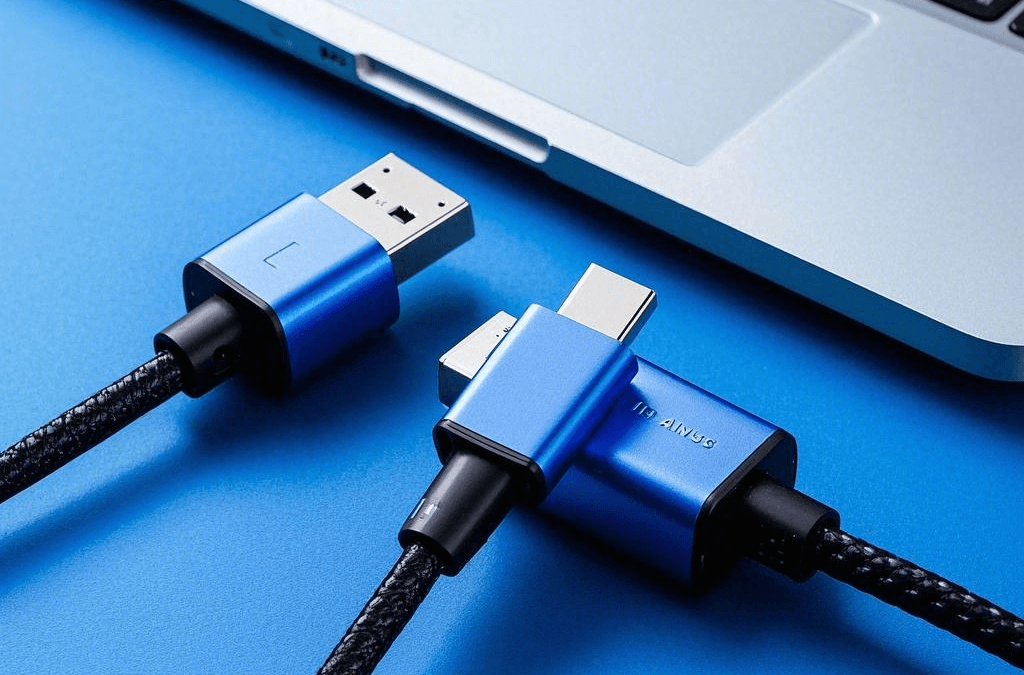
Basic Components of a USB Data Cable
2025-02-20
Comparison of Different Data Cable Materials
2025-02-22USB data cables are essential accessories for modern devices. They serve multiple purposes, making them a must-have for both personal and professional use. The three primary functions of a USB data cable are charging, data transfer, and audio transmission.
1. Charging Devices
One of the most common uses of a USB data cable is charging. Whether you use a USB-C data cable or a traditional USB-A to micro-USB cable, these cables power smartphones, tablets, laptops, and other gadgets. Type-C data cables have become increasingly popular due to their fast-charging capabilities and universal compatibility.
2. Data Transfer
A USB data cable is also used for transferring files between devices. Whether you’re moving photos, videos, or documents from a smartphone to a computer, a high-quality andmesidekaabel ensures stable and fast transmission. USB-C data cables support high-speed data transfer, making them ideal for professionals who work with large files.
3. Audio Transmission
Certain USB-andmekaablid can also carry audio signals. Many modern headphones and speakers support audio through Type-C data cables, eliminating the need for a separate audio jack. This feature enhances audio quality and ensures a seamless connection.
Conclusion
A reliable USB data cable is more than just a charging accessory. It enables fast data transfer, supports audio transmission, and powers various devices efficiently. Whether you’re using a USB-C data cable for high-speed connectivity or a standard andmesidekaabel for everyday use, choosing a high-quality cable improves performance and durability.
Related Documents
Apple’s Official Explanation of USB-C to Lightning.
USB-IF Overview of USB-C Technology
Guide to Fast Charging with USB-C to Lightning Cables
Environmental Impact of USB-C Standard Adoption
Recommended Products

























